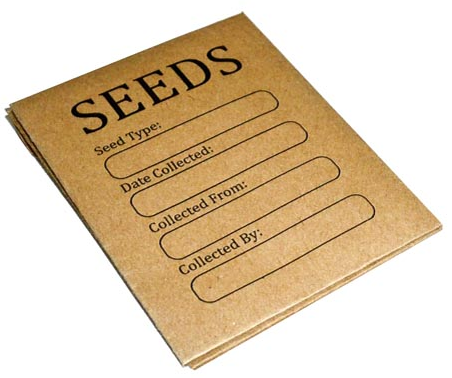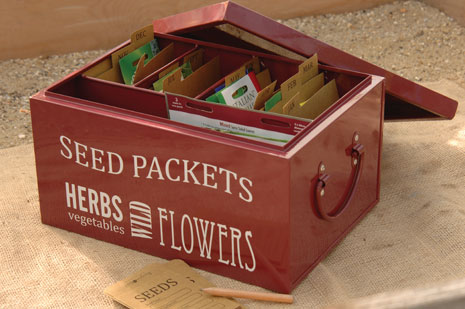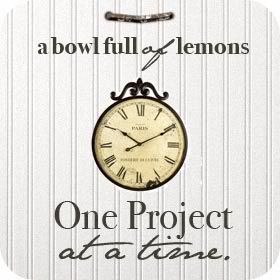Heating Options
Nightime Heat:
Depending upon what you are intending to grow, your greenhouse can be either heated or unheated. If you live in a northern climate, then an unheated greenhouse can be used to extend your growing season but will not allow you to grow plants and vegetables year-round. If you want year-round produce or wish to grow tropical plants, citrus fruits, or orchids, then you will need to plan on heating your greenhouse. On average, in an unheated greenhouse the temperature remains about 10 degrees higher at night than the outside temperature. So, you would be able to grow plants about one hardiness zone warmer than you live in. On a sunny day temperatures inside the greenhouse are much warmer than outside, perhaps up to 50 degrees warmer. Heating costs can vary widely depending upon the location, size of greenhouse, and materials used to construct.
Heating Bricks at Night
How to Heat Bricks for Small Greenhouses
Greenhouses extend the growing season into the months on either side of the growing season. Insulated greenhouses with a heating source allow plant cultivation in the dead of winter. Small greenhouses don't need as much heat as larger greenhouses because they have less space to heat. Heating a greenhouse is done by mechanical heaters, passive heating or heating an element of the greenhouse, like bricks, and letting them give off ambient heat throughout the cold nights. Heating several bricks may be all you need to keep your small greenhouse warm.
1 Turn on your oven to 350 degrees Fahrenheit.
2 Place bricks inside the oven. How many bricks depends on the size of the greenhouse and how low the temperature is expected to get.
3 Remove bricks with hot pads.
4 Place the heated bricks in the center of the greenhouse away from plants, as 350 degrees will burn any leaves that touch the bricks. Bricks will stay warm to hot for up to a day.
Passive Heating
1 Cover the bricks with black plastic. A garbage bag will work.
2 Set the bricks in the greenhouse where they will be in direct sunlight all day.
3 Move the bricks to the center of the greenhouse on the floor, so they can radiate heat to the plants.
Read more: How to Heat Bricks for Small Greenhouses
http://www.ehow.com/how_7186773_heat-bricks-small-greenhouses.html#ixzz1bpxjdRlk
Ideas to keep the heat at night (including barrels, milk jugs, etc)
How to Heat Bricks for Small Greenhouses
Greenhouses extend the growing season into the months on either side of the growing season. Insulated greenhouses with a heating source allow plant cultivation in the dead of winter. Small greenhouses don't need as much heat as larger greenhouses because they have less space to heat. Heating a greenhouse is done by mechanical heaters, passive heating or heating an element of the greenhouse, like bricks, and letting them give off ambient heat throughout the cold nights. Heating several bricks may be all you need to keep your small greenhouse warm.
1 Turn on your oven to 350 degrees Fahrenheit.
2 Place bricks inside the oven. How many bricks depends on the size of the greenhouse and how low the temperature is expected to get.
3 Remove bricks with hot pads.
4 Place the heated bricks in the center of the greenhouse away from plants, as 350 degrees will burn any leaves that touch the bricks. Bricks will stay warm to hot for up to a day.
Passive Heating
1 Cover the bricks with black plastic. A garbage bag will work.
2 Set the bricks in the greenhouse where they will be in direct sunlight all day.
3 Move the bricks to the center of the greenhouse on the floor, so they can radiate heat to the plants.
Read more: How to Heat Bricks for Small Greenhouses
http://www.ehow.com/how_7186773_heat-bricks-small-greenhouses.html#ixzz1bpxjdRlk
Ideas to keep the heat at night (including barrels, milk jugs, etc)
http://www.greenspun.com/bboard/q-and-a-fetch-msg.tcl?msg_id=008j9G
My Homemade Solar Heated Greenhouse
http://thegardenersrake.com/my-homemade-solar-heated-greenhouse
My Homemade Solar Heated Greenhouse
http://thegardenersrake.com/my-homemade-solar-heated-greenhouse
Over Wintering in Unheated Greenhouse Article
Forum about lowest temps plant can handle
Temps for Germination
Here's a link showing the optimum soil temperatures for seed germination. http://www.aces.edu/pubs/docs/A/ANR-1061/ANR-1061.pdf If it still a bit too cold outside for most of those seeds to germinate. I would recommend bringing them inside until they germinate and then putting them back out into your greenhouse once they have.
Article about Temp's
http://www.ag.auburn.edu/hort/landscape/temperature.html




































